Weight-Loss-Tips-Helen-Thomson-ebook
£14.99 Original price was: £14.99.£1.45Current price is: £1.45.
Version 1.0
Size 0.8 MB
Last Changed
Dec 14, 2010
Published by
Wide Media, LLC
100 Weight Loss Tips Digital Edition PDF
Discover 100 ways to lose 10 pounds, feel better and become healthier. Here is just some of what you will learn by reading the 100 ways to lose 10 pounds eBook. What you should always do do before you sit down to eat if you really want to lose weight fast. What foods are good to eat, and what foods you should stay away from at all costs. What food is truly your friend when it comes to shedding pounds like crazy, whether counting calories is a good idea or a bad one and much, much more.
There was also a time when the thought of losing weight didn’t even occur in our society, people ate what mum cooked for dinner and they went to work. The difference in that society and today’s society is that work was not behind a computer screen, but on their feet in the fields or on a warehouse floor. People worked physically because that was the only way to work, in fact, that’s why it was called work! It was often during this time that people could eat anything they wanted because they were burning much more calories than what they consumed.
But, like all good things, that too has passed and the technology of today’s world has left us in one condition – an overweight one. Our life styles have changed so drastically and our comforts have increased tenfold. As they say, every rose has its thorn and for our society our desire to have comfortable lives and to work less has begun to show around the waistline.
Seriously, they work. You’d be mad not to try them. THE BORING ONES
You’ve heard it all before but you’re still not doing it:
Drink 8 cups of some sort of re hydrating substance a day
Anything without sugar, sweetener or caffeine. This basically leaves water and herbal tea. It’s really not that hard. Don’t like water? First step – grow up. Second step – squeeze lemon juice or add mint leaves and then play a game of ‘down-downs’. Get a colleague to join you in the challenge. Ask me – it makes it fun!
Get off your arse
Most modern women lead sedentary lives. Sitting behind a desk, sitting in front of a TV, sitting in your car and sitting down with friends adds up to a lot of sitting. So get moving. Walk to the shops. Climb the stairs instead of standing on an escalator. Sort out your garden. Play an outside game with your kids.
Stop eating plastic crap
Regularly ingesting processed food and drinks will not only make you fat but also give you cancer. This means stop eating fast food and snacks that come in shiny packets. Egg on toast or creamy oats takes less than 5 minutes to make. A delicious avo sandwich on wholewheat or a can of tuna with brown pasta is a wholesome lunch. Instead of soft drinks rather reach your 8 cups target. Dinner is your problem.
THE SNEAKY ONES
These may catch you by surprise:
Embrace olive oil
Too often the idea of a dry salad stops you from ever making, or more importantly, eating, one. A nice dressing turns a salad into a dish and it’s only a handful of extra calories. Make your own dressing by mixing up a teaspoon of olive oil, a squeeze of lemon, a few drops of vinegar, a knife point of mustard and a knife point of honey with some salt, pepper and herbs and voila!
Go fat free with dairy
Get used to skim milk, fat free yogurt and fat free cottage cheese. It’s very good for you and ridiculously easy to substitute.
Cauliflower mash is awesome
We all tend to eat too much carbs. Substitute your starch one night with a yummy cauliflower mash. Just steam it until cooked through, and chuck it in a blender with a knob of butter a dash of olive oil and salt herb seasoning to taste.
Take a tip from the French
We know they eat butter and cream and wine and chocolate, but what we don’t know is that they indulge in moderation. That is, small servings. The trick is to eat a salad, or a non-creamy vegetable soup as a starter, about 30 minutes before your main course. This will take the edge off your hunger, help you to reach your 6 veg a day target, extend the eating process so your stomach can register the food, making you feel all fancy because you’re now eating starters and mains on a normal Tuesday night.
Drink champagne
This is all the rage in the diet world at the moment. Dry champagne has very few calories compared to most other alcohol beverages. And if you don’t love it yet, I promise you’ll develop a taste for it soon enough.
- The truth about fasting: why this ‘miracle diet’ might not help you lose weight
Start your day’s meals at 10am, finish them all by 6pm. If that sounds like an eating schedule you can stick to, it could help you lose a modest amount of weight.
This form of intermittent fasting — dubbed the 16:8 diet, because you fast for 16 hours then “feast” for eight — helped obese adults in a pilot study lower their body weight and blood pressure over a 12-week period without having to cut foods or count calories.
So there are two broad kinds of intermittent fasting: one where you only fast for whole days within a week; and another where you fast every day and restrict food intake within a particular window of time.
Examples of the former kind include alternate-day fasting (where, as the name suggests, you alternate a day of normal eating with a day of fasting) and the 5:2 diet (where you eat normally five days of the week, then fast on two non-consecutive days). On fasting days, you drop to 500-600 calories — approximately a third or a quarter of the average intake.
These forms of intermittent fasting are the most studied, and have been shown to deliver significant reductions in body weight and improvements to metabolic health (decreases in blood pressure, “bad” cholesterol, insulin resistance, and so on).
Daily fasting, that second kind of intermittent fasting, is also known as time-restricted feeding — adherents are permitted to eat only within a designated period of each day. This form of fasting is more of a scientific mystery, prompting University of Illinois at Chicago (UIC) researchers to explore how it impacted obese people’s body weight.
The UIC team recruited 23 adults with an average age of 45, who each had a body mass index of at least 30. Participants were told they could eat ad libitum— which roughly translates to whatever the hell you like — but could only eat during an eight-hour window within 10am and 6pm. In the hours outside that, participants could only consume water, tea or coffee, or calorie-free diet soft drinks.
After 12 weeks, researchers compared data from the participants to data from a control group collected in a previous study, wherein participants were instructed to maintain their weight without changing their eating or physical activity habits.
Participants on the 16:8 time-restricted feeding schedule made some slight but positive gains.
They decreased their total body weight by 3 percent. They ate 350 fewer calories a day (about the amount in one-and-a-half Mars Bars), even though they hadn’t counted calories. And their systolic blood pressure (the pressure when their heart is contracting) dropped 7mmHg, a significant amount.
“The take-home message from this study is that there are options for weight loss that do not include calorie counting or eliminating certain foods,” said study co-author Krista Varady, associate professor of kinesiology and nutrition at UIC, in a statement.
The pros and cons of intermittent fasting
Intermittent fasting is sometimes talked about like it’s a weight-loss miracle. The UIC research suggests it’s better to think of it as a potential weight-loss tool, and that the 16:8 diet has its own pros and cons.
One potential con is that the weight loss was only 3 percent — although other investigations suggest even small reductions in weight can benefit your overall health (the benefits in this study may have been greater had it lasted longer and participants lost more weight, the researchers wrote).
The UIC team also noted that weight loss on the 16:8 diet might be small because, unlike other intermittent fasting regiments, you don’t have to vigilant about calories when you’re fasting — which is a big pro.
Not having to count calories is likely to be a reason that adherence to the 16:8 diet was so high: the study’s participants stuck to their time-restricted window almost every day of the week for the 12 weeks.
(Some of Varady’s other research indicates alternate-day fasting is too hard for most people to adhere to and doesn’t deliver better weight-loss outcomes.)
Another probable reason for high 16:8 adherence is because its 10am-6pm window roughly matches a standard breakfast-lunch-dinner schedule.
However, other studies have observed better health outcomes among people who consume their food even earlier in the day — so windows of time-restricted feeding that close before 6pm might have additional benefits.
Basically, a lot more research is needed to explore how well different forms of intermittent fasting — including 16:8 — work for different kinds of people, and even whether intermittent fasting is more effective than standard calorie reduction.
“The 16:8 diet is another tool for weight loss that we now have preliminary scientific evidence to support,” Varady concluded.
“When it comes to weight loss, people need to find what works for them because even small amounts of success can lead to improvements in metabolic health.”
The study is published in the journal Nutrition and Healthy Ageing.
RELATED: Why intermittent fasting isn’t a miracle weight-loss fix for everyone
Please Note: Please Read Carefully
Be the first to review “Weight-Loss-Tips-Helen-Thomson-ebook” Cancel reply
You must be logged in to post a review.
Related products
Health & Fitness
Health & Fitness
Health & Fitness
Sports & Hobbies
Health & Fitness
Health & Fitness
Health & Fitness




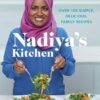
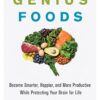


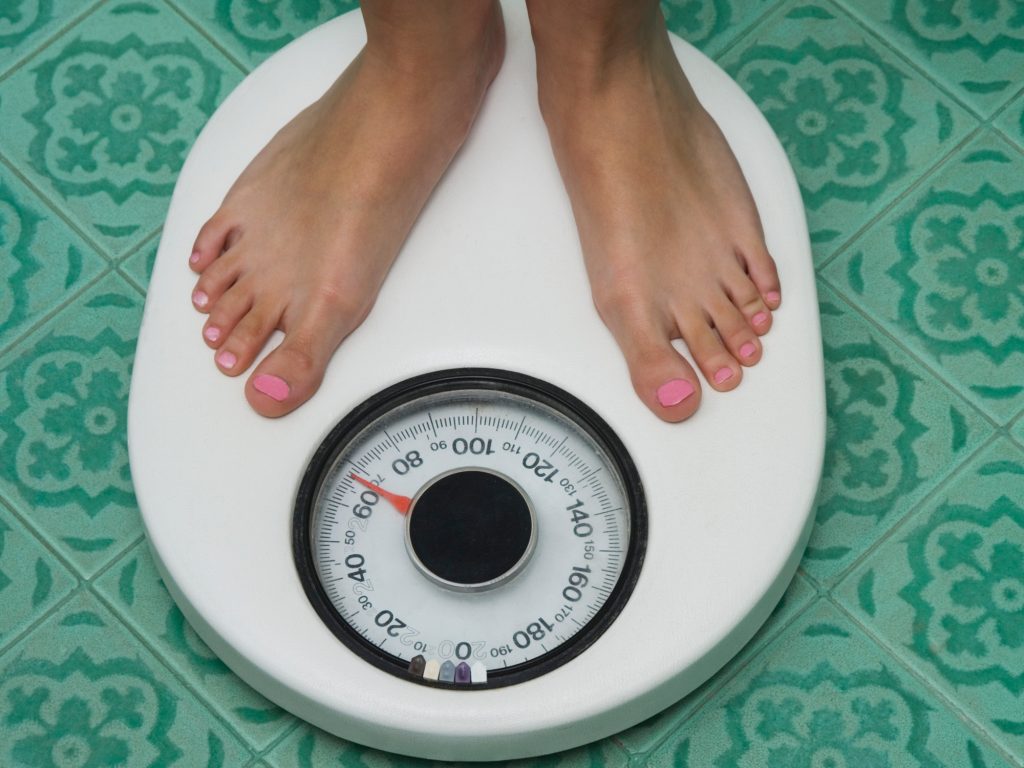

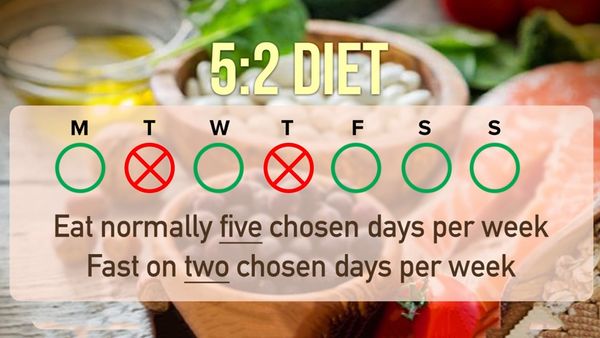
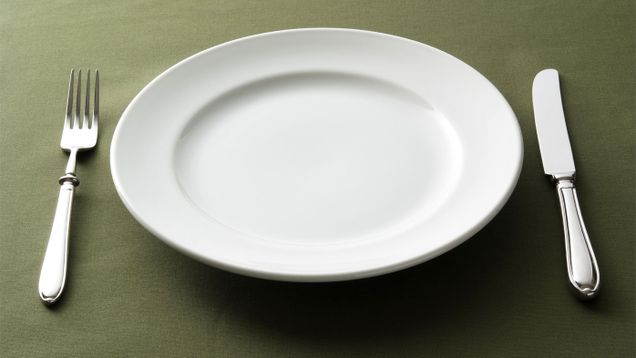
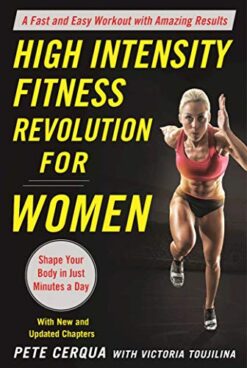
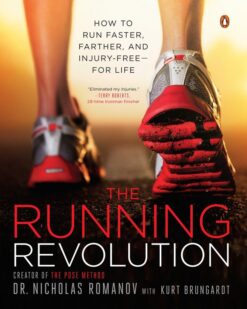
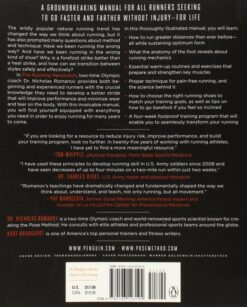

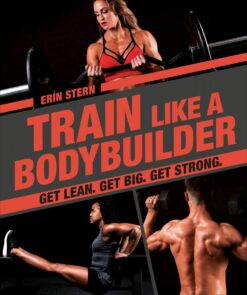
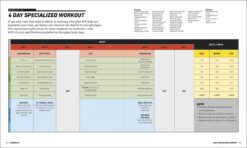
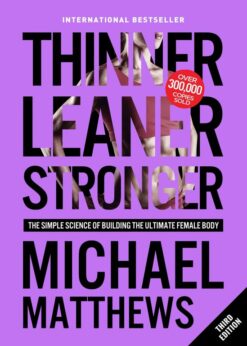
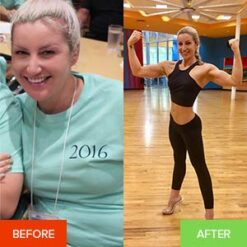
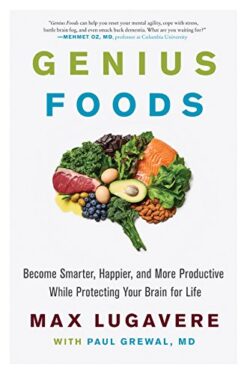
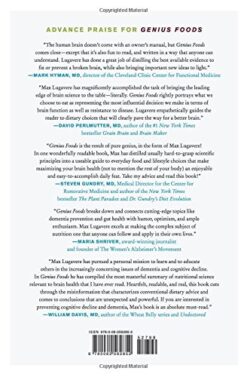
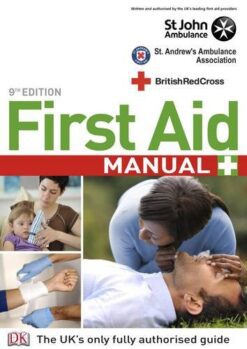
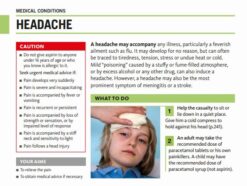
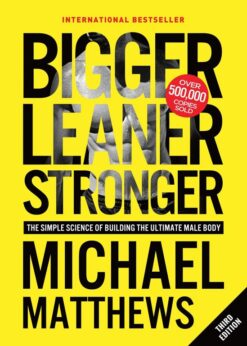
Reviews
There are no reviews yet.